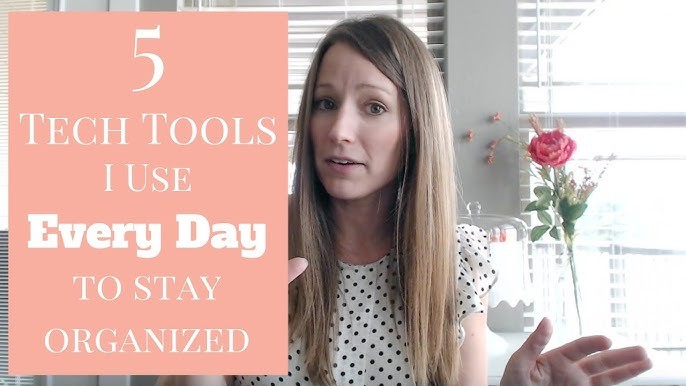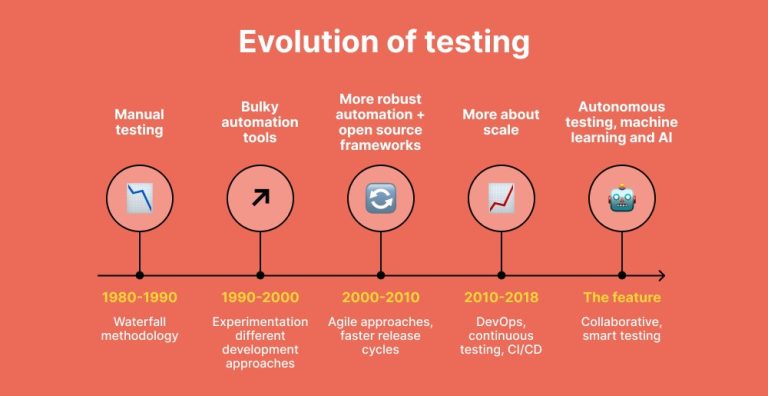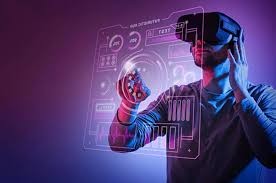How to Use Tech to Stay Organized
Staying organized in today’s fast-paced, digitally driven world requires more than just good intentions and a tidy desk. With the sheer volume of information, tasks, and communication channels we navigate daily, technology has become an indispensable ally in managing complexity. But using tech to stay organized isn’t about downloading the latest app or syncing every device—it’s about building a system that supports clarity, consistency, and control. For professionals juggling multiple responsibilities, the right digital tools can transform chaos into coherence, enabling sharper focus and more strategic execution.
The foundation of digital organization begins with understanding your workflow. Technology should complement how you think and operate, not force you into rigid patterns. For example, someone who thrives on visual planning might benefit from a digital whiteboard or kanban-style task manager, while a linear thinker might prefer structured to-do lists and calendar blocks. The key is to choose tools that align with your habits and help you externalize your mental load. When tasks, ideas, and deadlines are captured in a reliable system, your brain is free to concentrate on problem-solving rather than memory management.
Calendars are often the first line of defense against disorganization, but their power lies in how they’re used. A digital calendar isn’t just a place to log meetings—it’s a strategic tool for time allocation. Blocking time for deep work, setting reminders for recurring tasks, and color-coding categories can help you visualize your day and prioritize effectively. Integration with email and task apps adds another layer of efficiency, allowing you to turn messages into calendar events or action items with minimal friction. This kind of connectivity reduces the risk of things slipping through the cracks and reinforces a rhythm that supports productivity.
Task management platforms have evolved far beyond simple checklists. Today’s tools offer features like tagging, dependencies, and progress tracking, which can be tailored to individual or team needs. For business professionals, this means being able to manage projects with clarity and delegate responsibilities without micromanaging. When tasks are clearly defined, assigned, and visible, collaboration becomes smoother and accountability increases. Notifications and dashboards provide real-time updates, helping teams stay aligned and adapt quickly to changes. The result is not just better organization, but a more agile and transparent way of working.
Document management is another area where technology plays a crucial role. With cloud-based storage and collaboration tools, files are no longer confined to local drives or email attachments. They can be accessed, edited, and shared from anywhere, reducing bottlenecks and version confusion. Naming conventions, folder structures, and access permissions are essential to maintaining order, especially in environments with high document turnover. When everyone knows where to find what they need—and trusts that it’s the most current version—time is saved and frustration is minimized. This kind of digital hygiene is often overlooked, but it’s foundational to operational efficiency.
Communication tools also influence how organized we feel. With the rise of messaging platforms, video calls, and collaborative workspaces, it’s easy for information to become fragmented. Using technology to centralize communication—whether through integrated platforms or clear channel guidelines—can prevent overload and ensure that important messages aren’t buried. For instance, separating casual chat from project updates or using threads to organize discussions helps maintain clarity. Notifications should be managed thoughtfully, so they support awareness without becoming a source of distraction. When communication is streamlined, it supports decision-making and reduces cognitive clutter.
Automation is one of the most powerful yet underutilized aspects of tech-based organization. Repetitive tasks, such as scheduling, data entry, or follow-up emails, can be handled by workflows that trigger based on specific actions. This not only saves time but also reduces errors and frees up mental bandwidth for higher-level thinking. For example, a CRM system that automatically updates contact records or sends reminders based on activity can keep sales teams organized without manual input. Similarly, finance teams can use automation to reconcile transactions or generate reports, ensuring consistency and accuracy. The goal is to let technology handle the routine so humans can focus on the strategic.
Personal organization also benefits from tech when it’s used to support habits and routines. Apps that track goals, prompt reflection, or encourage mindfulness can reinforce behaviors that contribute to long-term success. For instance, a journaling app might help you review your week and identify patterns, while a habit tracker can visualize progress and motivate consistency. These tools aren’t just about productivity—they’re about intentional living. When technology supports self-awareness and growth, it becomes a partner in both professional and personal development.
Ultimately, using tech to stay organized is about creating systems that work for you. It’s not about having the most apps or the latest gadgets—it’s about choosing tools that simplify, clarify, and empower. It requires regular review and adjustment, as needs evolve and new solutions emerge. For businesses, this means fostering a culture that values digital literacy and encourages experimentation. For individuals, it means being proactive, curious, and willing to refine your approach. In a world where information moves fast and expectations are high, organization is not a luxury—it’s a necessity. And with the right technology, it’s entirely within reach.







